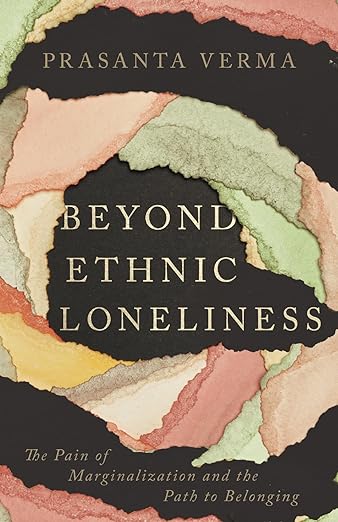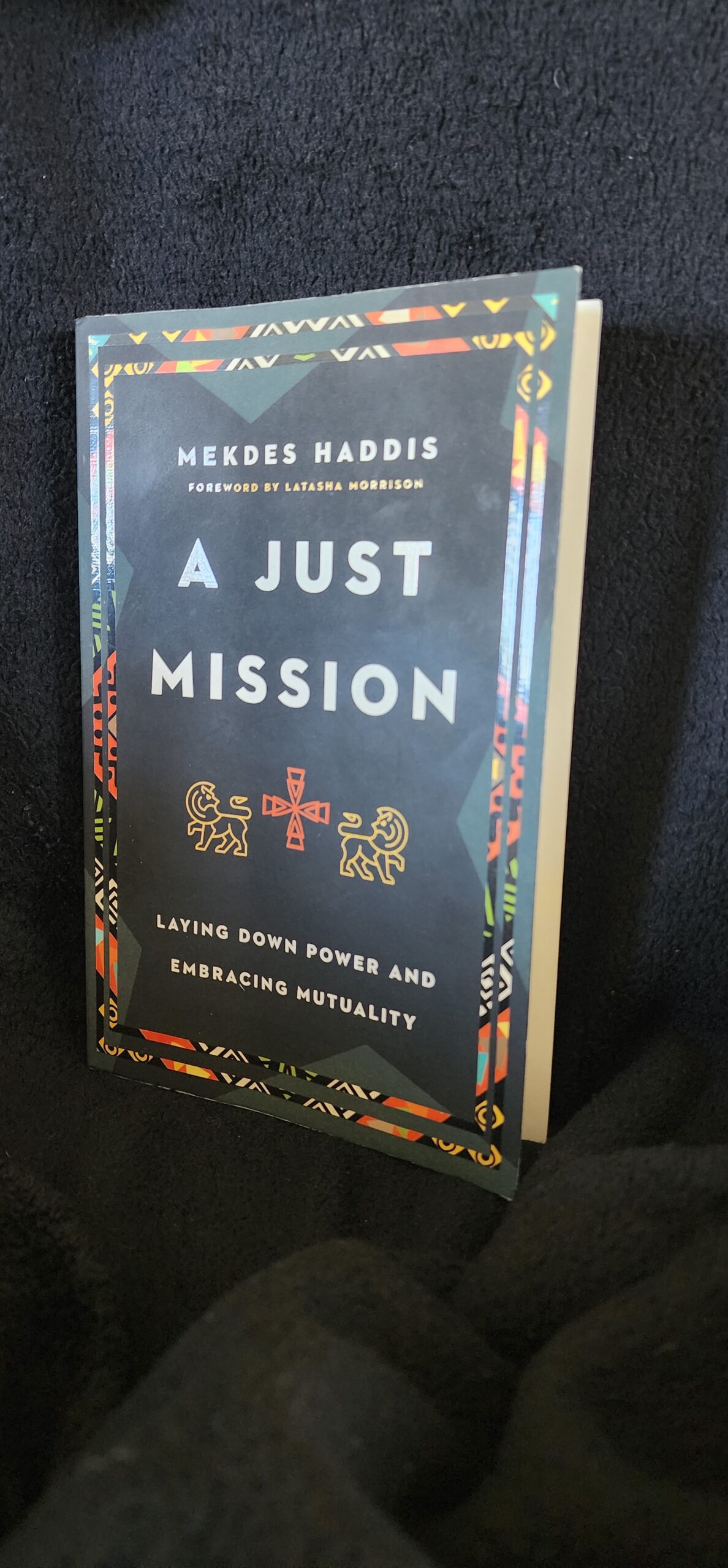Beyond Ethnic Loneliness – Book Review

Book review of the upcoming release of Beyond Ethnic Loneliness: The Pain of Marginalization and The Path to Belonging by Prasanta Verma.
Book Review: If You Only Knew

Hi everyone! Quick question: do you have a goal of how many books you want to read in a year? If so, how do you decide? I’ve never done this, and last year was the first time I kept count of how many books I read. In total, it was twenty-six. I’m not sure if…
Book Review: If I Denounce My Accent

Hello Friends! Welcome to another book review. This time, it is for the book If I Denounce My Accent, a novel by Sindy Feliz. This novel is a fiction book based on true events, and the author, Sindy, is a Dominican immigrant who will be a guest on my podcast. I am excited to interview…
Book Review: I Am Not Your Perfect Mexican Daughter
I Am Not Your Perfect Mexican Daughter What a book! I learned about this book on Instagram. When America Ferrera was hosting a casting call for the main character Julia since it’s being turned into a movie. Of course, when I saw that, I added it to my never-ending list of books I want to…
Book Review: The Empowered Woman
Hey everyone, it’s time for another book review! Just like the last book review, the author will be a guest on my podcast. I’m so excited because not only do I get to share incredible books I’ve read, but I will also get to share their immigration story. Authors have been my favorite people to…
Book Review: For Brown Girls
Hey everyone, today I’m bringing another book review. I cannot remember how I came across this book; maybe it was on Instagram, and since she’s an immigrant, I thought I would love to have her on my podcast. So, I reached out, and I was able to get an interview! I cannot wait until the…
Hispanic Heritage Month – Read These Books to Celebrate
Hispanic Heritage Month is celebrated every year from September 15th until October 15th. President Ronald Reagan expanded this from Hispanic Heritage Week, which began in 1968, to 30 days in 1988, according to Hispanicheritagemonth.gov. It became law on August 17, 1988. But why from September 15th to October 15th instead of all of September or…
Be The Bridge: Book Review
Be The Bridge was on my to-read list for years. I kept seeing it as a resource in 2020 when the racial tension was at an all-time high after George Floyd’s death. And I’m glad I took it on a trip a few weeks ago because it was my airplane read. Usually reading makes me…
An American Immigrant: Book Review
This site contains product affiliate links. I may receive a commission if you make a purchase after clicking on one of these links. I don’t think I’ve ever felt so seen in a book until An American Immigrant by Johanna Rojas Vann. This book came to my radar because of Jamie Ivey. She has a…
Book Review: A Just Mission

Have you gone on a mission’s trip? Have you thought about going on a mission’s trip? Does your church go on mission’s trip? Then you should read this book.
#WritingCommunity #BookReview #AJustMission #Christianity

